This article was co-authored by Zheni Stavre, MD and by wikiHow staff writer, Hannah Madden. Dr. Zheni Stavre is a board-certified Rheumatologist based in Worcester, Massachusetts. With over a decade of experience, Dr. Stavre specializes in Rheumatoid Arthritis, Spondyloarthritis/Psoriatic Arthritis, Osteoarthritis, and Gout. She holds a BS in Chemistry from Yale University and an MD in Internal Medicine and Rheumatology from The University of Massachusetts Medical School. Dr. Stavre is also an Assistant Professor at the University of Massachusetts Medical School.
There are 9 references cited in this article, which can be found at the bottom of the page.
This article has been viewed 11,057 times.
Arthritis in your feet can lead to soreness, aching, and pain. Exercising the muscles around your feet is a great way to strengthen the joints and relieve some of your discomfort.[1]
X
Expert Source

Board Certified Rheumatologist
Expert Interview. 3 February 2021.
Starting an exercise program with arthritis can seem overwhelming, so it’s important to go slowly and ease into your new routine. In this article, we’ve compiled some tips to help relieve discomfort and pain as well as a few feet and ankle exercises you can do every week.
Steps
Try low-impact activities.
-
Biking and swimming won’t put a ton of pressure on your feet. When you’re picking what kind of exercises you want to do, stay away from any high impact activities, like running or jumping.[2] X Expert Source

Board Certified Rheumatologist Expert Interview. 3 February 2021. Go for lower impact ones, like swimming or cycling, so you don’t stress out your feet and ankles.[3] X Research source- You can also modify any of your exercises to fit your specific needs. For instance, if you’re doing yoga, you can tell the instructor that you have arthritis in your feet, so you may need to rest or sit down in between poses.
Apply heat to your feet before you start.
-
A warm towel or shower can relax your joints and muscles. As you gear up to start exercising, apply a warm washcloth or stand in a warm shower and let the water run over your feet. Try to do this for about 20 minutes to soothe your joints and prepare them for some exercises. Make sure the heat treatment you pick is warm, not scalding hot, to avoid any injuries.[4] X Trustworthy Source Mayo Clinic Educational website from one of the world's leading hospitals Go to source
- When you warm up your joints, you open up the blood vessels to allow more blood flow to the area. This brings in oxygen and nutrients to the tissue surrounding your feet, which can make them feel better and less irritated.
Warm up gently before exercising.
-
Try a few range-of-motion exercises for 5 to 10 minutes first. If you jump straight into exercising, your muscles might not be ready, and you could injure yourself.[5] X Trustworthy Source Mayo Clinic Educational website from one of the world's leading hospitals Go to source You can warm up by rolling your ankles, stretching your toes, or using a resistance band on your feet.
- It’s always a good idea to warm up before exercising, even if you’re not doing anything with your feet.
Start with 20 minutes of exercise at a time.
-
Experts recommend starting with 20 minutes of exercise 3 times per week. Easing yourself into an exercise program sets you up for success, and you’re much more likely to stick with it long-term. Plus, going for 20 minutes at a time will help you learn your limits, and you can rest your feet and ankles if you need to.[6] X Trustworthy Source Cleveland Clinic Educational website from one of the world's leading hospitals Go to source
- If you’re new to exercising with arthritis, you may want to work with a physical therapist at first. They can tell you how to do the right exercises for your body without injuring yourself.
Do a seated foot and heel raise.
-
This exercise gently rotates your ankles and strengthens your feet. Sit down in a chair and place your feet flat on the ground. Keep your toes on the ground and gently lift your heels off the floor, then hold the pose for 2 seconds. Return your heels to the ground, then lift your toes off the floor and hold for 2 seconds. This counts as 1 repetition.[7] X Research source
- Start by doing 5 reps of this exercise per day. As you get stronger, you can add 1 to 2 reps each time you try it.[8] X Research source
- Doing exercises to strengthen your feet and ankles will help reduce pain and inflammation, which will make other kinds of exercise easier.
Stretch your feet with a toe bend.
-
Strengthen and stretch the arches of your feet with this exercise. Sit down in a chair and place your feet flat. With your toes straight out in front of you, curl your toes underneath your foot so they’re pointing downward, then hold this pose for 2 seconds. Place your feet flat on the ground again, then bend your toes upward toward the ceiling. Hold that for 2 seconds, then place your feet flat on the ground again.[9] X Research source
- You can do this exercise up to 5 times.
Do the ankle alphabet.
-
Rotate your ankles to strengthen and stretch them. Sit in a chair with your feet flat, or lie on your back with your feet propped on a pillow. Lift one foot off the floor, then gently go through each letter of the alphabet, tracing it in the air with your toes. When you’re done, switch feet and repeat on the other side.[10] X Research source
- This exercise can be tough on your ankles, so stop if you feel any sudden pain. However, a slight soreness in your ankle is normal.
Strengthen your ankles with a standing heel raise.
-
Strengthening your ankles will help support your arthritic feet. To do this exercise, stand behind a chair and grab the back with both hands for support. Raise yourself up to stand tall on your tip-toes, then hold the position for 5 seconds. Then, relax so you’re standing flat on the ground again.[11] X Research source
- Repeat this exercise 5 to 10 times.
Ice your feet after exercising.
-
A cold compress can help reduce swelling and inflammation. When you’re done exercising, sit down with an ice pack or a bag of ice cubes wrapped in a towel. Hold it against your feet and ankles for up to 20 minutes to soothe your aching joints.[12] X Trustworthy Source Mayo Clinic Educational website from one of the world's leading hospitals Go to source
- Always wrap a towel around any cold compress you use. Bare ice is a little too cold to hold against your skin, and it can cause injury.
Take an anti-inflammatory to reduce irritation.
-
If you feel pain or irritation after exercising, OTC medicine can help. Head to a pharmacy and pick up a bottle of ibuprofen (Advil, Motrin) or naproxen (Aleve). Follow the dosage instructions on the bottle to relieve inflammation and help alleviate pain.[13] X Expert Source

Board Certified Rheumatologist Expert Interview. 3 February 2021.- Don’t take these medications if you are on blood thinners, have high blood pressure, have kidney problems, or if you have a history of stomach ulcers.
Try an over the counter cream to soothe your pain.
-
Use capsaicin cream, Aspercream with lidocaine, or diclofenac gel. You can find these creams and gels at most pharmacies and drug stores. Use these on your feet and your ankles to soothe your aching joints and reduce irritation after exercising.[14] X Expert Source

Board Certified Rheumatologist Expert Interview. 3 February 2021.- Creams and gels are a great option if you want to avoid taking oral medication.
You Might Also Like
 What Does It Mean if Your Right Foot Itches?
What Does It Mean if Your Right Foot Itches?
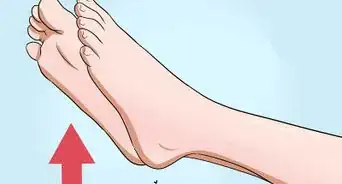 How to Treat Toe & Foot Numbness
How to Treat Toe & Foot Numbness
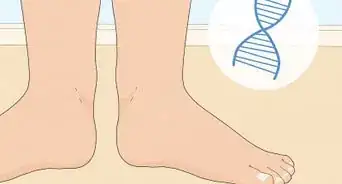 Fix Out Toeing, Straighten Your Feet, & Prevent Injury (Adults)
Fix Out Toeing, Straighten Your Feet, & Prevent Injury (Adults)

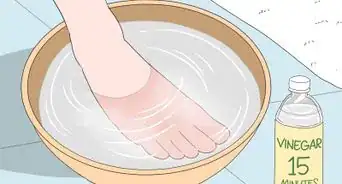
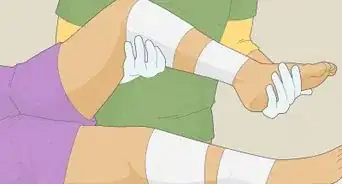








References
- ↑ Zheni Stavre, MD. Board Certified Rheumatologist. Expert Interview. 3 February 2021.
- ↑ Zheni Stavre, MD. Board Certified Rheumatologist. Expert Interview. 3 February 2021.
- ↑ https://orthoinfo.aaos.org/en/diseases--conditions/arthritis-of-the-foot-and-ankle/
- ↑ https://www.mayoclinic.org/diseases-conditions/arthritis/in-depth/arthritis/art-20047971
- ↑ https://www.mayoclinic.org/diseases-conditions/arthritis/in-depth/arthritis/art-20047971
- ↑ https://health.clevelandclinic.org/6-ways-to-exercise-with-arthritis/
- ↑ https://www.nhsinform.scot/illnesses-and-conditions/muscle-bone-and-joints/exercises/exercises-for-foot-problems
- ↑ https://www.nhsinform.scot/illnesses-and-conditions/muscle-bone-and-joints/exercises/exercises-for-foot-problems#introduction
- ↑ https://www.nhsinform.scot/illnesses-and-conditions/muscle-bone-and-joints/exercises/exercises-for-foot-problems#toe-bend
- ↑ https://myhealth.alberta.ca/Health/aftercareinformation/pages/conditions.aspx?hwid=bo1546
- ↑ https://www.gwh.nhs.uk/media/186168/foot-and-ankle-exercises.pdf
- ↑ https://www.mayoclinic.org/diseases-conditions/arthritis/in-depth/arthritis/art-20047971
- ↑ Zheni Stavre, MD. Board Certified Rheumatologist. Expert Interview. 3 February 2021.
- ↑ Zheni Stavre, MD. Board Certified Rheumatologist. Expert Interview. 3 February 2021.
- ↑ Zheni Stavre, MD. Board Certified Rheumatologist. Expert Interview. 3 February 2021.
- ↑ Zheni Stavre, MD. Board Certified Rheumatologist. Expert Interview. 3 February 2021.
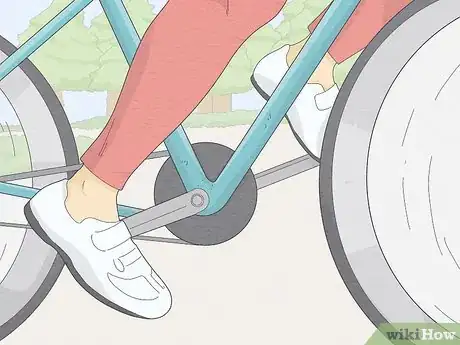
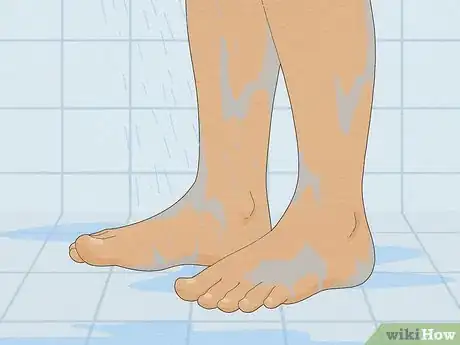
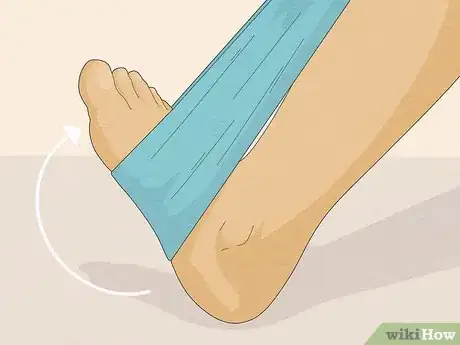


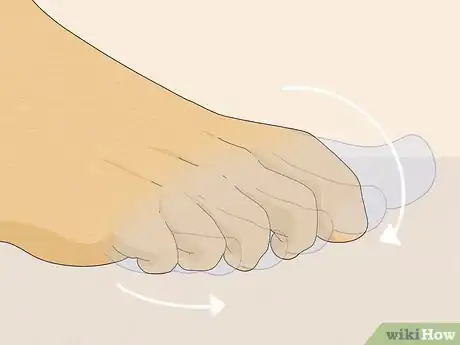
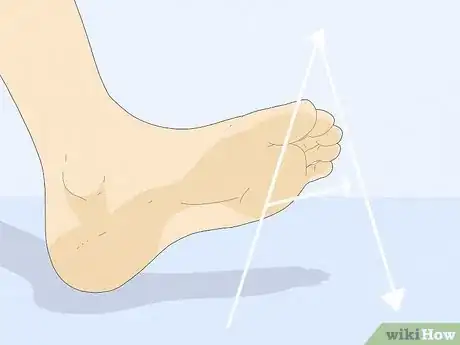
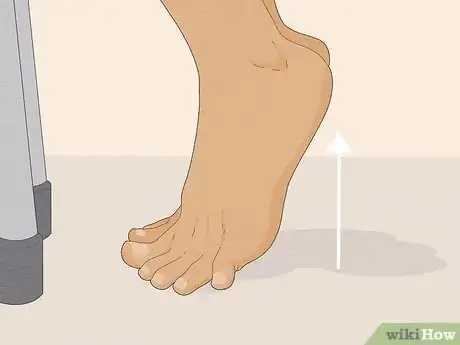
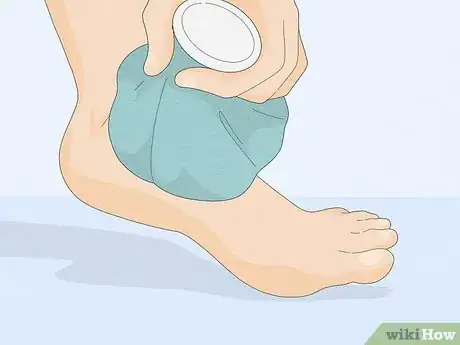
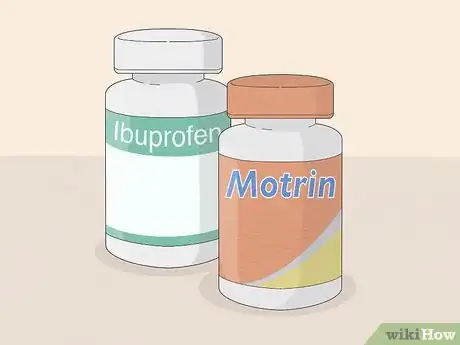
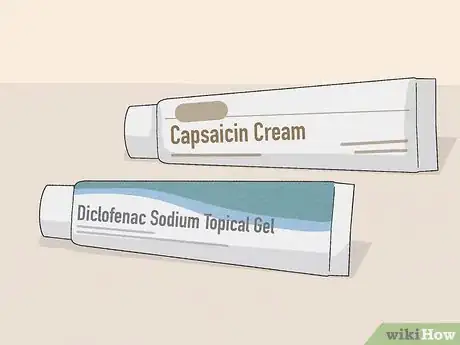







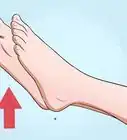





































Medical Disclaimer
The content of this article is not intended to be a substitute for professional medical advice, examination, diagnosis, or treatment. You should always contact your doctor or other qualified healthcare professional before starting, changing, or stopping any kind of health treatment.
Read More...